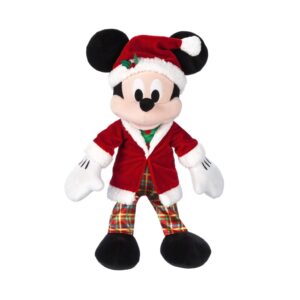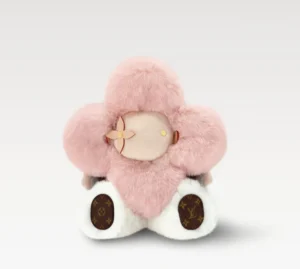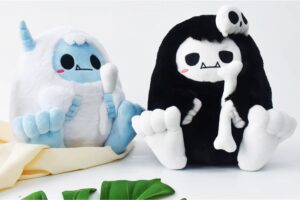Disney plush toys have captured hearts globally, blending beloved characters with high-quality craftsmanship. Their timeless appeal continues to grow across generations, making them a key product in the plush toy market.
The popularity of Disney plush toys stems from iconic characters, strong brand recognition, official licensing, and superior quality. These toys cater to collectors and children alike, driven by emotional connection and consistent innovation.
Let’s explore what makes Disney plush toys the most sought-after plush products worldwide.
1.What factors contribute to the popularity of Disney plush toys worldwide?
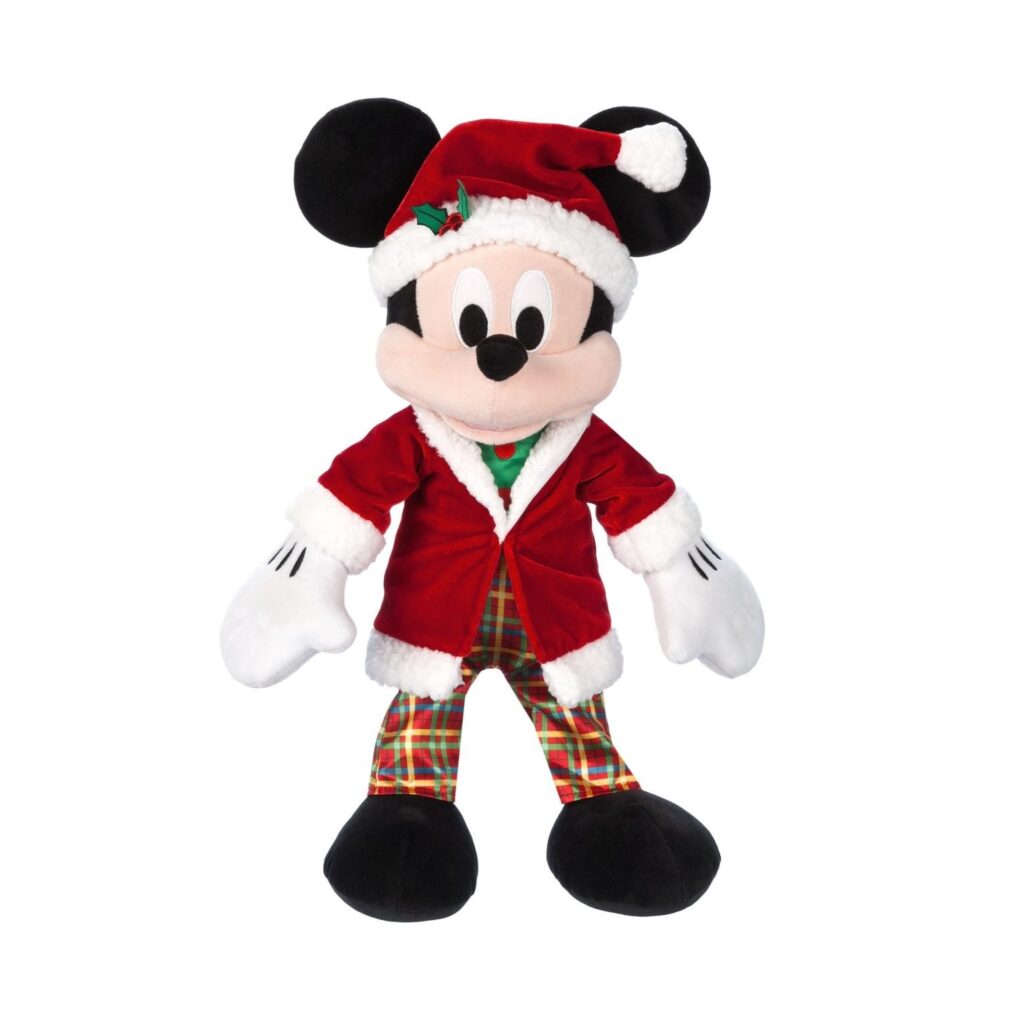
Disney’s vast character portfolio, emotional storytelling, and universal brand appeal drive the global demand for their plush toys. Quality craftsmanship and effective marketing amplify this popularity.
Key factors include nostalgic value, wide age appeal, official licensing ensuring authenticity, and diverse product ranges that satisfy collectors and kids alike.
- Iconic characters: Mickey Mouse, Elsa, and others connect emotionally.
- Brand trust: Disney’s reputation assures product safety and quality.
- Marketing: Global campaigns and merchandising expand reach.
- Variety: From classic designs to trendy releases, toys meet diverse tastes.
| Factor | Impact | Consumer Effect |
|---|---|---|
| Character appeal | Emotional connection | Repeat purchases |
| Brand recognition | Trust and loyalty | Broad market acceptance |
| Marketing efforts | Awareness and engagement | Increased demand |
| Product range | Options for all ages | Higher sales |
These factors form a strong foundation for Disney plush success.
2.Which Disney characters have the highest demand as plush toys?
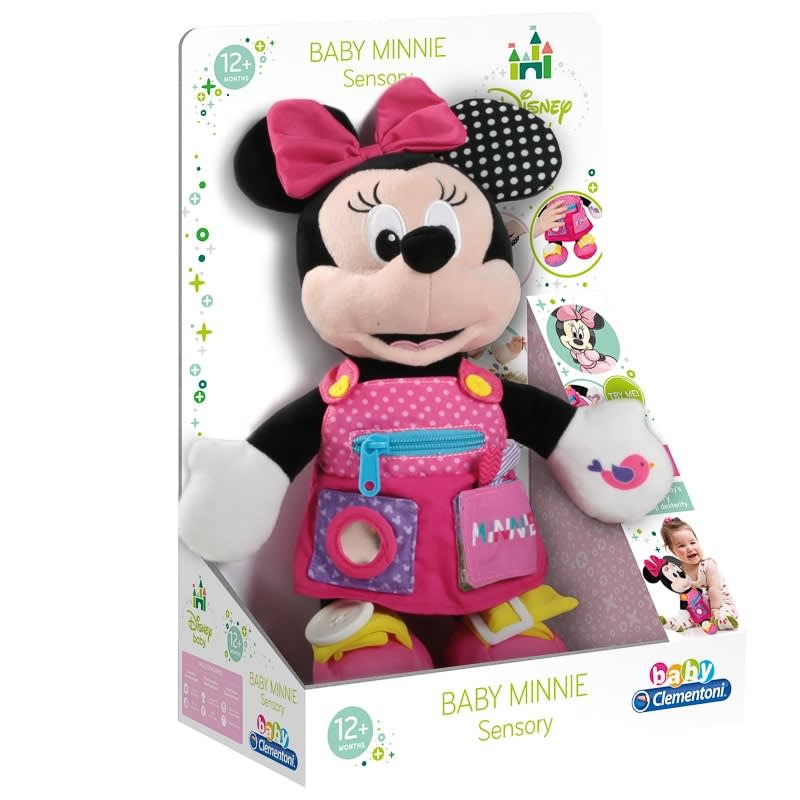
Classic characters like Mickey and Minnie Mouse, along with newer favorites like Elsa from Frozen and Baby Yoda (Grogu) from The Mandalorian, consistently top plush toy sales.
Characters with strong media presence and cultural impact tend to drive higher demand, often leading to collector’s editions and seasonal variations.
- Mickey & Minnie Mouse: Enduring classics loved worldwide.
- Elsa & Anna: Frozen’s global hit boosts plush sales.
- Baby Yoda: Massive appeal from Star Wars fans.
- Simba & Timon: The Lion King characters for nostalgic buyers.
| Character | Popularity Driver | Sales Impact |
|---|---|---|
| Mickey Mouse | Brand mascot, timeless | Consistent bestseller |
| Elsa & Anna | Movie success, princess appeal | Seasonal spikes |
| Baby Yoda | Viral pop culture hit | High collector interest |
| Simba & Timon | Nostalgia | Steady demand |
Character relevance influences manufacturing and marketing strategies.
3.How do licensing and branding impact the production of Disney plush products?

Official Disney licensing ensures strict adherence to quality, design accuracy, and safety standards, affecting every production stage. Branding requires maintaining character integrity and consistent consumer expectations.
Manufacturers must follow Disney’s guidelines closely, balancing creativity with brand control, which sometimes limits customization but guarantees authenticity and market trust.
- Design approvals: Disney vets every plush prototype.
- Quality control: Ensures compliance with safety and durability.
- Brand standards: Maintain character likeness and packaging consistency.
- Limited customization: Focus on licensed authenticity over wild variations.
| Licensing Aspect | Production Influence | Brand Outcome |
|---|---|---|
| Design control | Prototype review | Consistent look |
| Quality assurance | Frequent inspections | High product reliability |
| Packaging standards | Specific labeling | Brand cohesion |
| Customization | Limited freedom | Maintains brand integrity |
Licensing preserves Disney’s brand equity and consumer confidence.
4.What role do quality and customization play in Disney plush toy appeal?
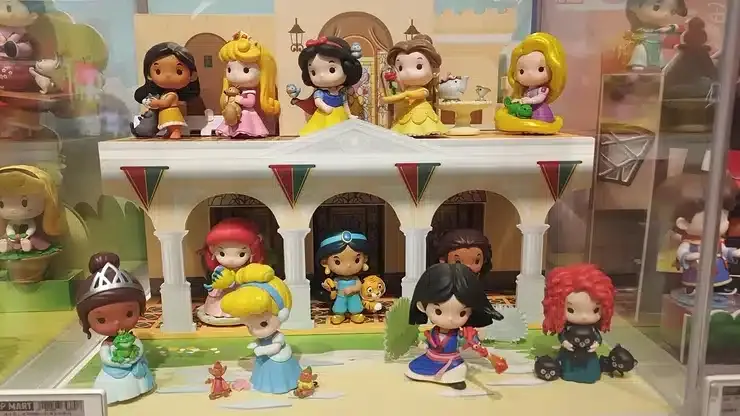
High-quality materials and stitching ensure plush toys meet Disney’s durability and safety expectations, enhancing customer satisfaction. Customization—though limited by licensing—appears in special editions and exclusive collections.
Premium quality assures parents and collectors that plush toys are safe and long-lasting, while unique variations spark collector interest and drive repeat sales.
- Material selection: Soft, durable fabrics like minky and velboa.
- Stitching: Reinforced seams for longevity.
- Safety: Compliance with ASTM, CE, and CPSIA standards.
- Limited editions: Special packaging, embroidered details, or accessories.
| Factor | Consumer Benefit | Manufacturer Consideration |
|---|---|---|
| High-quality fabric | Softness and durability | Material sourcing |
| Safety standards | Peace of mind | Rigorous testing |
| Custom editions | Collectability | Design approval process |
| Packaging | Gift appeal | Branding consistency |
Quality and customization enhance Disney plush’s premium market position.
5.How do seasonal trends and new releases affect Disney plush sales?
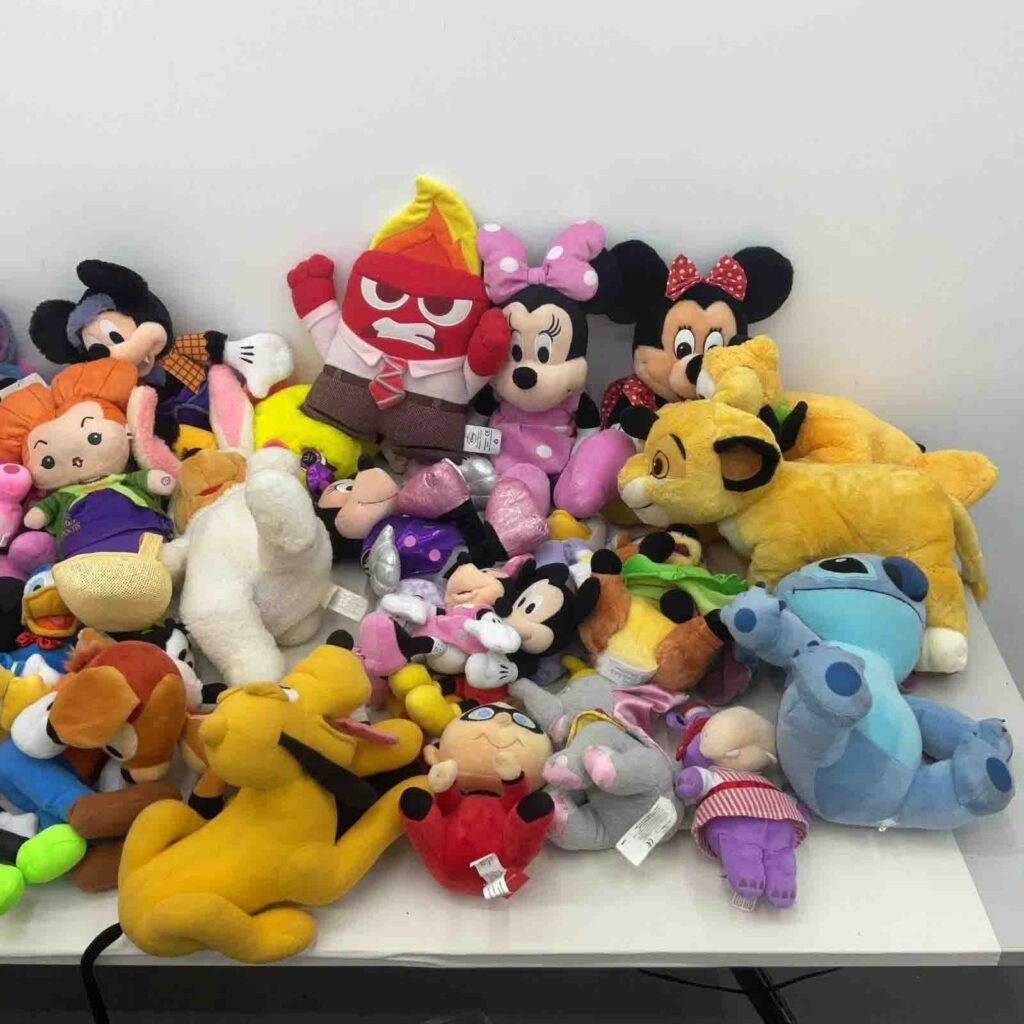
New movies, TV shows, and seasonal events like Christmas drive spikes in Disney plush sales. Limited-time releases and holiday-themed plushies generate excitement and increase demand.
Seasonal promotions aligned with Disney content releases create timely buying opportunities, helping retailers and manufacturers optimize inventory and marketing efforts.
- New movie launches: Spark demand for related characters.
- Holiday collections: Themed plushies for gifts.
- Anniversaries: Special edition releases.
- Cross-promotions: Tie-ins with Disney parks or merchandise.
| Season/Release | Sales Impact | Marketing Strategy |
|---|---|---|
| Movie launch | Immediate sales surge | Coordinated campaigns |
| Holiday season | Peak gift buying | Limited edition focus |
| Anniversaries | Collector demand | Exclusive offers |
| Park tie-ins | Brand synergy | Cross-channel promotions |
Timing product launches maximizes revenue and brand buzz.
6.What are the challenges manufacturers face in producing official Disney plush toys?

Manufacturers must navigate tight quality controls, design approvals, and production timelines while managing costs. Licensing fees and strict compliance add complexity.
Balancing high standards with mass production demands requires skilled craftsmanship, reliable supply chains, and effective communication with Disney’s licensing teams.
- Design constraints: Adhering strictly to character guidelines.
- Quality control: Passing rigorous inspections.
- Cost management: Licensing fees and premium materials increase expenses.
- Timelines: Aligning production with Disney’s release schedules.
| Challenge | Cause | Mitigation Strategy |
|---|---|---|
| Design rigidity | Licensing rules | Early prototype reviews |
| Quality demands | Safety and brand standards | Continuous QC checks |
| Licensing costs | Royalty payments | Efficient production planning |
| Tight schedules | Coordinated launches | Agile manufacturing processes |
Overcoming these ensures successful Disney plush production.
Conclusion
Disney plush toys’ popularity is fueled by iconic characters, strict licensing, high quality, and savvy marketing—making them treasured worldwide.
For expert Disney plush toy manufacturing and sourcing, contact [email protected] or visit Kinwin Plush Toys.




